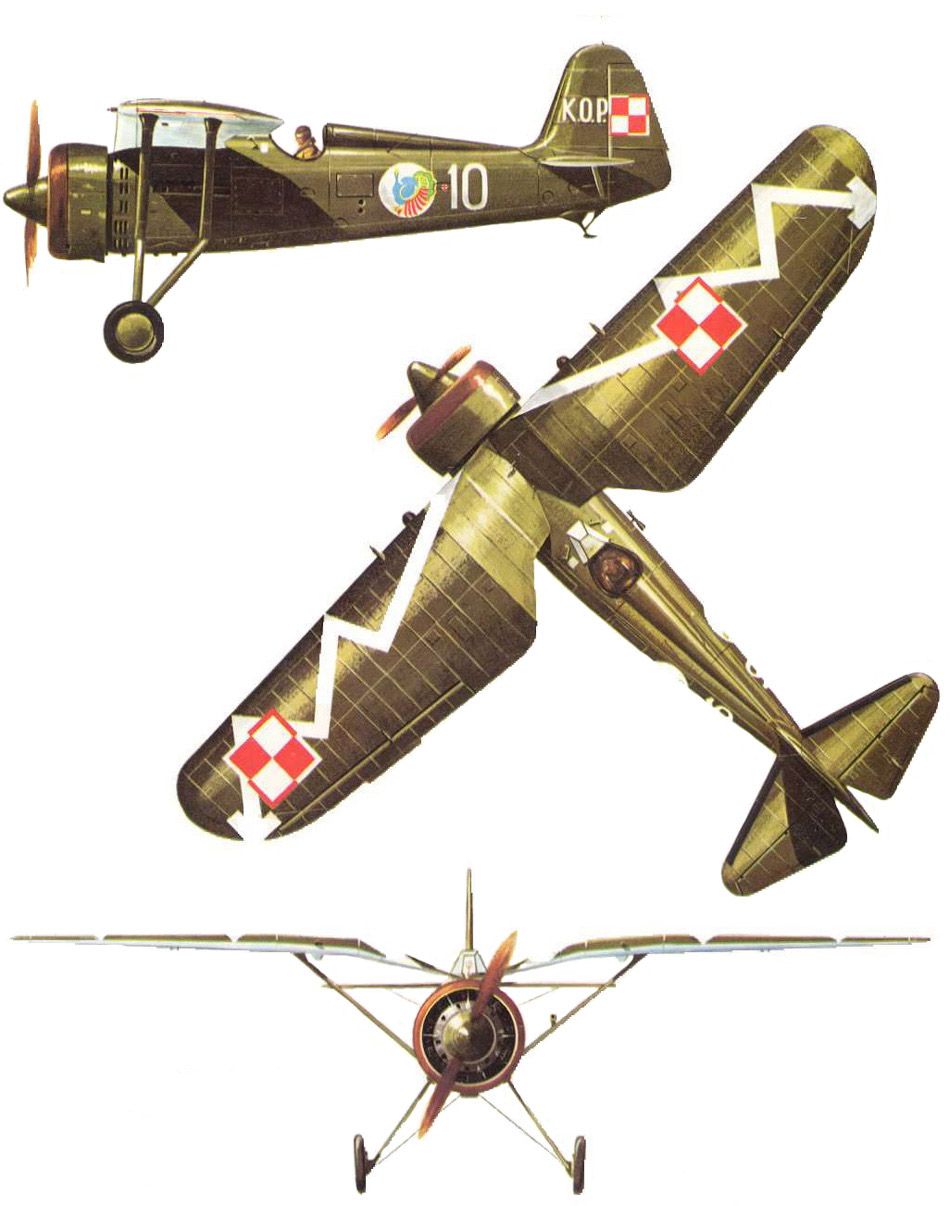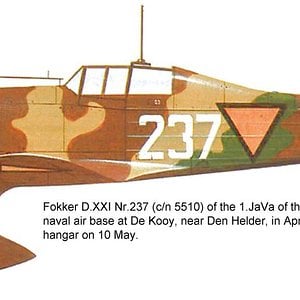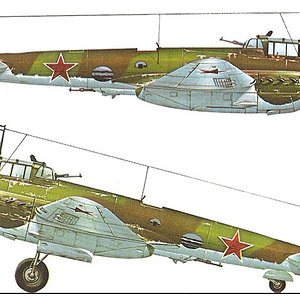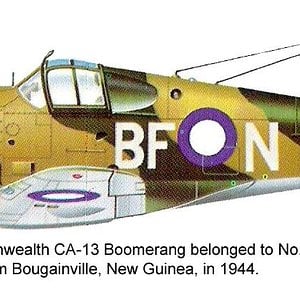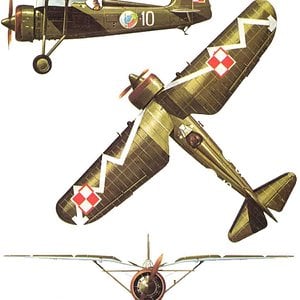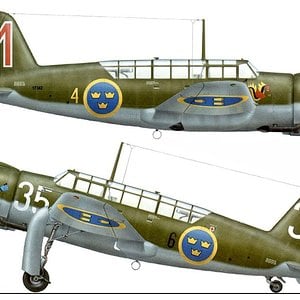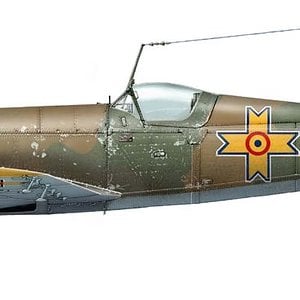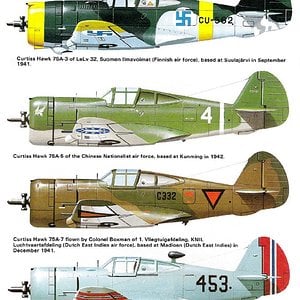Navigation
Install the app
How to install the app on iOS
Follow along with the video below to see how to install our site as a web app on your home screen.
Note: This feature may not be available in some browsers.
More options
You are using an out of date browser. It may not display this or other websites correctly.
You should upgrade or use an alternative browser.
You should upgrade or use an alternative browser.
Developed from PZL P.7, the PZL P.11 was a Polish fighter aircraft, designed in the early 1930s by PZL in Warsaw. It was briefly considered to be the most advanced fighter aircraft design in the world. The PZL P.11 served as Poland's primary fighter defence in the Polish campaign of 1939, but by that point was outdated due to rapid advances in aircraft design.
At the outbreak of the Second World War, on 1 September 1939, the Polish Air Force had 30 P.7a's, 20 P.11a's and 109 PZL P.11c's in combat units.
Despite the German superiority, the P.11 managed to shoot down a considerable number of German aircraft, including fighters, but suffered heavy losses as well. The exact numbers are not fully verified. A total of 285 German aircraft were lost according to Luftwaffe records, with at least 110 victories credited to the P.11 for the loss of about 100 of their own.
At dawn on 1 September, Capt. Mieczyslaw Medwecki flying a PZL P.11c was shot down by Rottenführer Leutnant Frank Neubert of I./StG 2(Stuka), having the dubious honour of becoming the first aircraft shot down in the Second World War. The first Allied air victory was achieved 20 minutes later by Medwecki's wingman, Wladyslaw Gnys who shot down two Dornier Do 17s with his P.11c. The PZL P.11c was also the first aircraft to successfully ram an enemy aircraft in the Second World War. The first large air battle of the Second World War took place in the early morning of 1 September over the village of Nieporet just north of Warsaw, when a German bomber group of about 70 Heinkel He 111 and Dornier Do 17 was intercepted by some 20 P.11 and 10 P.7 fighters and had to abandon their mission to Warsaw.
The P.11 was popularly known as 'Jadenska' meaning 'the Eleventh'.
Source:
Info: Wikipedia
http://en.wikipedia.org/wiki/Lockheed_Hudson
Profile: Wings Palette
http://wp.scn.ru/en/
At the outbreak of the Second World War, on 1 September 1939, the Polish Air Force had 30 P.7a's, 20 P.11a's and 109 PZL P.11c's in combat units.
Despite the German superiority, the P.11 managed to shoot down a considerable number of German aircraft, including fighters, but suffered heavy losses as well. The exact numbers are not fully verified. A total of 285 German aircraft were lost according to Luftwaffe records, with at least 110 victories credited to the P.11 for the loss of about 100 of their own.
At dawn on 1 September, Capt. Mieczyslaw Medwecki flying a PZL P.11c was shot down by Rottenführer Leutnant Frank Neubert of I./StG 2(Stuka), having the dubious honour of becoming the first aircraft shot down in the Second World War. The first Allied air victory was achieved 20 minutes later by Medwecki's wingman, Wladyslaw Gnys who shot down two Dornier Do 17s with his P.11c. The PZL P.11c was also the first aircraft to successfully ram an enemy aircraft in the Second World War. The first large air battle of the Second World War took place in the early morning of 1 September over the village of Nieporet just north of Warsaw, when a German bomber group of about 70 Heinkel He 111 and Dornier Do 17 was intercepted by some 20 P.11 and 10 P.7 fighters and had to abandon their mission to Warsaw.
The P.11 was popularly known as 'Jadenska' meaning 'the Eleventh'.
Source:
Info: Wikipedia
http://en.wikipedia.org/wiki/Lockheed_Hudson
Profile: Wings Palette
http://wp.scn.ru/en/

